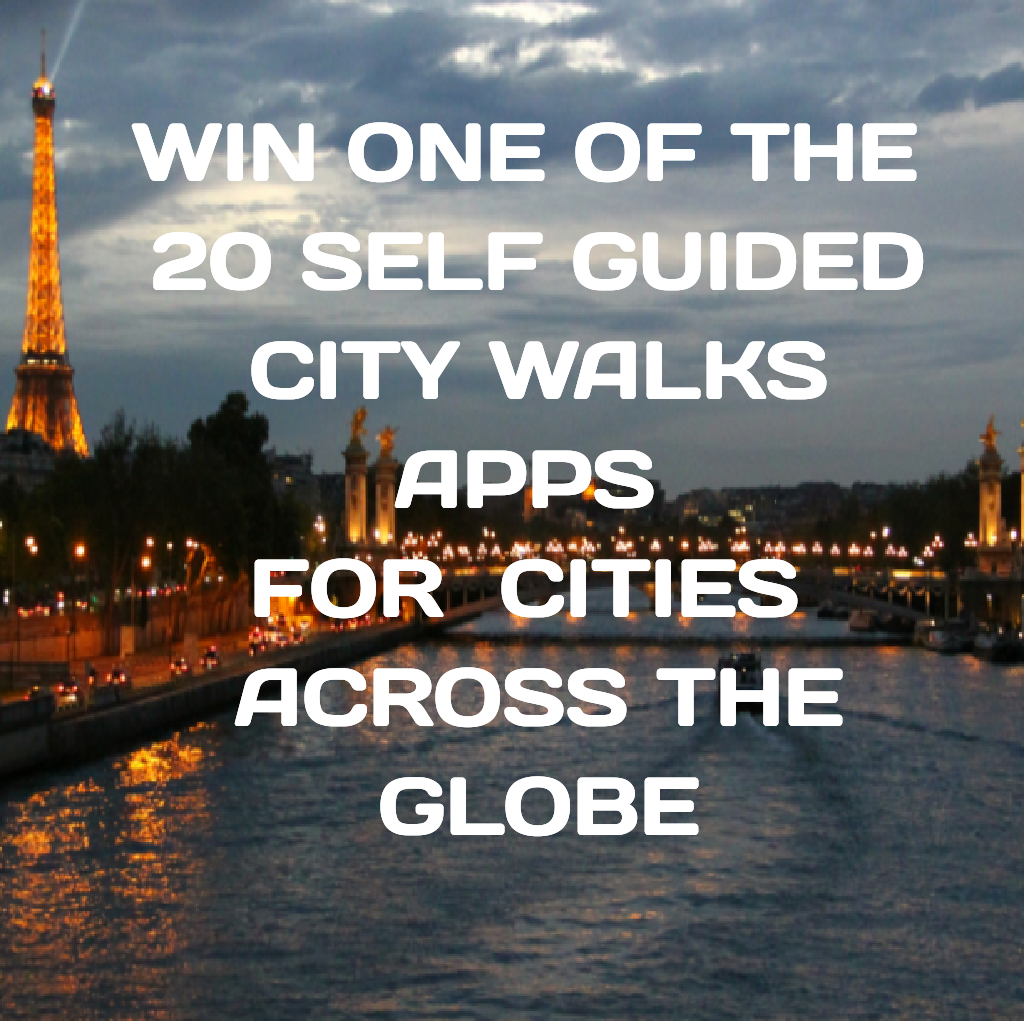A few months ago, I sat at my desk, staring at my laptop, with five browser tabs open, half-written emails begging for replies, and a nagging worry about a project deadline tomorrow. My thoughts pinged between “I must finish that report” and “Did I forget to pay the electric bill?” – and in the middle of it, I found myself scrolling through social media just to escape the swirl. Sound familiar?
If you’ve ever wondered how to de-clutter your mind and regain focus, science offers simple habits that actually work.
ID 81773269 ©Fizkes | Dreamstime.com
That feeling – mental clutter, fuzzy thinking, stuck loops – is real. It’s when your mind is juggling too many “open loops” (unresolved tasks or worries), constantly reacting to digital pings, and falling prey to rumination.
However, here’s the good news: the research provides us with tools to clear some of the fog. Below, I share five science-informed methods to help you de-clutter the mind – methods that feel practical, flexible, and human (not robotic). I also weave in real examples and warn where caution is due.
Why does your mind feel jammed?
Before jumping in, let’s quickly anchor in why mental clutter happens:
- Unfinished tasks tug at your mind. Psychologists have long studied the Zeigarnik effect: our brains tend to keep the loop of incomplete tasks active, pulling attentional energy.
- Switching tasks leaves residue. Sophie Leroy’s classic work (2009) coined “attention residue”: when you shift from Task A to Task B, part of your cognitive focus still sticks to A, reducing performance on B.
- Rumination and worry drain mental bandwidth. Mind wandering, repetitive thoughts, and anxiety loops interfere with working memory.
- Digital pings are stealthy interruptions. Even just a notification arriving – without you opening it – can degrade performance. For instance, a Do Not Disturb study found that when people turned off notifications for 24 hours, they reported feeling less distracted and more productive.
So the aim here is not “empty brain” (nice thought, but unrealistic) – it’s having enough mental breathing room. Think of it like decluttering your desktop: move non-essentials off your mind so you can see what’s important, focus better, and feel calmer.
How to De-Clutter Your Mind, Backed by Science
1. Pause and anchor with mindfulness
One evening, when I was rehearsing a presentation in my head but couldn’t sleep, I decided to try a short 5-minute breathing exercise. I sat quietly, felt the weight of my belly rising with each breath, noticed tension in my shoulders, and gently brought my attention back each time my mind wandered. After that, I felt a little more grounded, less looped.
Why it works
Mindfulness training doesn’t eliminate thoughts – it gives you a better relationship with them. Multiple meta-analyses and trials show that mindfulness-based interventions (MBIs) lead to moderate reductions in rumination, anxiety, and stress, especially across clinical and nonclinical populations. For example, a meta-analysis of mindfulness-based cognitive therapy (MBCT) found a consistent moderate drop in ruminative thoughts compared to usual care.
In another study, a smartphone micro-randomization trial (10 prompts per day) showed that short mindfulness prompts brought down self-reported rumination and negative affect.
And when researchers examined MBI effects more closely, they found that mindfulness training seems to weaken sticky cognitive patterns – the “‘stay’” phase of ruminative loops – and promote more flexible attention.
How to make it work for you
- Start with 2 to 5 minutes daily (if 10 feels too much at first).
- Try a guided body scan or breath focus (apps or recordings help).
- When your mind wanders (inevitable), note “thinking” and kindly bring it back.
- Over time you’ll build “meta-awareness” – noticing your thinking before you get pulled into it – which helps interrupt rumination.
Caution: Some people find that meditation surfaces unpleasant emotions (grief, anxiety, trauma). If that happens, pause and consider guidance from a mental health professional. Mindfulness is a tool – not a substitute for therapy when you need it.
2. Empty your mind onto paper (or screen)
Imagine your brain like a browser with too many tabs open. You can’t shut them all at once, but you can export the list somewhere external – a to-do list, a journal, a task board. Then your mental workspace clears enough to think more clearly.
The power of “offloading”
Modern cognitive science calls this cognitive offloading: using the environment (notes, reminders) to reduce what your brain has to keep in active view. When you offload, you free mental space for thinking, creativity, and decision-making. Scholars have argued that offloading is a core design of human cognition.
In parallel, making implementation intentions (i.e., “if this happens, I will do X”) helps reduce intrusive thoughts about pending tasks. Researchers like Gollwitzer have shown that such “if-then” plans transform vague goals into concrete cues for action.
What you can try
- Do a brain dump (5–10 min): write absolutely everything (projects, worries, errands).
- Review and pick a few next actions, ideally specific ones.
- Create if-then statements: for example, “If I finish section A, then I’ll take a 5-minute walk.”
- Keep a capture tool or “inbox” (paper, app, whatever you’ll trust).
- Daily (or twice daily) review: prune, pick, schedule.
Caution: Don’t overrefine – the system itself can become cluttered. If you find your system overwhelming, simplify. Use one list, one capture place rather than ten.
3. Move your body before you move your mind
A friend once told me: “When my brain is stuck, I sprint up and down the stairs.” I laughed, but then I tried it – and twenty minutes later, I sat back at the desk feeling sharper, less fuzzy.
The evidence
Acute physical activity, even just 10–20 minutes of moderate aerobic exercise, is linked to immediate small improvements in executive attention, inhibition, and mental clarity (e.g. reaction time, selective attention). Recent Bayesian meta-analyses and systematic reviews support that effect.
At a more structural level, longitudinal exercise programs show gains over time in cognitive control and working memory capacity.
In fact, some neurophysiological work suggests that brief exercise increases neural selectivity: boosting processing for relevant stimuli and dampening noise.
In short: moving the body helps reset the brain.
How to use it
- Before a major deep-work block, take a 10-minute brisk walk, hop on a bike, or even do jumping jacks.
- Use micro-breaks: after finishing a project chunk, stand and stretch, walk around, get fresh air.
- If your job is sedentary, try sit-stand alternation or short movement patterns hourly.
Caution: If you have medical or orthopedic restrictions, consult with a healthcare provider before adopting intense routines.
4. Protect your sleep like a sacred time
I once tried powering through on five hours of sleep – all my neat mental strategies collapsed. Attention drifted, I reread sentences, and tasks stalled. Sleep, it turns out, is non-negotiable ammunition for clarity.
Oh – and the next day, I slept a loooooot! (I had to compensate for the lost sleep).
Science says: sleep is foundational
Chronic sleep restriction (e.g., consistently getting 5–6 hours) degrades attention, processing speed, working memory, and reasoning ability. A well-cited meta-analysis of sleep deprivation concludes that impairment is reliably measurable across many cognitive domains. (see the study quoted at no. 1 here)
Agencies like the CDC and NHLBI recommend 7–9 hours per night for most adults for optimal function.
In one study, 24 consecutive hours awake altered cerebral blood flow and cognitive performance measurably.
When you lose sleep, you also heighten emotional reactivity and stress – partly because you lose buffer capacity.
Sleep better – practical steps
- Fix consistent bed and wake times, even on weekends.
- In the hour before bed, dim lights, avoid screens, and do a low-arousal ritual (light reading, stretching).
- Keep the room cool, dark, and quiet.
- If worry spikes when you lie down, keep a pen & paper at your bedside to dump a quick “tomorrow’s to-do/worry list” before sleep.
- If insomnia, snoring, daytime drowsiness, or breathing disruptions persist, seek clinical evaluation (sleep disorders like insomnia or sleep apnea can hijack clarity).
5. Silence the pings and focus deeply
One afternoon I was rewriting a proposal. Ten minutes in: email chime. I glanced. Then Slack ping. Then “quick check” on a notification. By the time I got back, I barely remembered where I was. That’s attention residue in action (see the study quoted above on the topic).
What is attention residue?
Sophie Leroy’s research showed that task switching leaves residual mental load – part of your mind still lingers on the prior task, hurting focus on the current one.
Later work (Leroy & Glomb) proposed the “Ready-to-Resume” technique: when interrupted, take just 20–30 seconds to jot down where you left off and your next step. That tiny note reduces residue and helps you detach cleanly.
Also, pushing off notifications has a real effect. In a “No Notifications” experiment (24 hours), participants reported lower distraction and higher productivity – though they also felt less responsive socially. (see the study quoted above for digital pings)
What to try
- Before a deep work block, silence your phone, disable pop-ups, and close tabs not needed.
- Use single-task blocks, e.g., 25–50 minutes of focused work, followed by a break.
- If interrupted mid-task, write a ready-to-resume note: “Last: comparing sections; Next: write draft bullets.”
- Batch-check email or messages at scheduled intervals (e.g., morning, after lunch, afternoon).
- If you worry about “missing something important,” build in “urgent contact channels” (for family, boss) that stay open during deep work.
Cautions:
- Going completely notification-free may feel socially or professionally risky at first. Test with windows of deep focus, not full lockdown.
- Some types of work or communication demand many interruptions (emergency roles, client services). In those cases, you may not get large blocks; instead, combine micro-resumption notes and shorter focus windows.
ID 20750928 ©Nyul | Dreamstime.com
A few example scenarios
- Student writing thesis, midnight loop: The pressure builds, thoughts like “Did I quote that right? Did I check email? What about tomorrow’s class?” swirl. Pause, do a 3-minute body scan to settle the mind, then do a 5-minute brain-dump, pick one next action, write a quick if-then (“If I finish this paragraph, I’ll rest 5 min”), then write – one paragraph at a time – in 20-minute focus blocks.
- Parent juggling work + kids + home: You may be in spinning mode: “Did I sign the permission slip? What’s for dinner? Did I reply to that coworker?” Carry a small notebook to capture spur-of-the-moment thoughts. When you sit at your desk, empty that notebook out to your system and decide what to act on now vs later.
- High-pressure professional in fire-fighting mode: You may need to swap tasks constantly (incoming requests, urgent emails). Use the ready-to-resume trick whenever interrupted, and insert very brief “reset” exercise breaks (standing, stretch, breath) between tasks.
These vignettes are not perfect – they are reminders that mental clarity is not from perfection but from small, consistent practices.
I am a combination of 2 and 3 – I work from home – I am a parent, but also a business owner, so… 😀
Bringing it all together: a sample rhythm for your week
Over the next seven days, try weaving these into your life (as fits):
- Morning (5–10 min): Mindfulness or breath awareness to start gently.
- Mid-morning / pre-intensive work block: 10 min movement + silencing distractions.
- Every work session: single-task mode, ready-to-resume notes when interrupted, batch emails.
- Afternoon check-in (5 min): capture new loops, choose next actions.
- Evening (1 hour before bed): wind-down ritual, no screens, optional worry dumping.
- Night: aim for 7–9 hours of sleep.
Over time, you’ll notice your mind feels less “sticky,” you recapture attention more quickly, and the nagging loops shrink.
My Final Reflections
Mental clutter isn’t a character flaw or “bad brain” – it’s often a predictable result of modern life: endless demands, task switching, digital interruptions, and emotional weight. The five methods here – pausing with mindfulness, externalizing thoughts, moving the body, protecting sleep, and reducing digital noise – are not magic cures, but they act like clearing brush so light can return.
Some days, one method may carry you; other days, a combo of two or three will help you hold steady. Be patient. Start with what feels easiest (maybe a 3-minute mindful break mid-afternoon or jotting down your mental loops before bed). Over time, the mental “fog” tends to thin.
If, however, mental clutter is overwhelming, persistent, or tied to anxiety, depression, or intrusive thoughts, treat these techniques as complements – not substitutes – to professional help. Take care of yourself. The clearer mind you seek is worth nurturing slowly, kindly, and with curiosity.
Important Disclaimer
This article is intended for informational and educational purposes only.
It does not constitute medical, psychological, or therapeutic advice, nor does it replace professional diagnosis, treatment, or therapy.
If you experience persistent anxiety, depression, insomnia, intrusive thoughts, or other mental health challenges, please seek help from a qualified healthcare professional, such as a psychologist, psychiatrist, or physician.
The research and studies mentioned are provided for transparency and education, but individual results will vary. Always consult a professional before making significant changes to your health, exercise, or sleep routines.
I recently presented you on this site some studies with different recommendations of EASY things to do to live happily and long:
- Scientists Reveal the Unexpected Longevity Habit That Costs Nothing
- Scientists Say This Overlooked Habit Could Add Years to Your Life
- Scientists Say People With This Mindset Are Far More Likely to Reach Age 90+
- Add Decades, Not Just Years: 8 Habits That Could Add 20–25 Years to Your Life (Backed by a Massive Study)
- Build a Night Routine That Boosts Longevity – What Studies Show
- Want a Longer, Happier Life? Scientists Say This 1-Hour Habit Could Be the Key
- Want to Live Longer? Studies Say These Mental Habits May Help (No Sweat Required)
- Eat Earlier, Live Longer? What a New Study Says About Breakfast Timing, Aging, and Longevity
- Simple daily habits for a healthier mind
- Proven ways to reduce stress
FAQs: How to De-Clutter Your Mind and Boost Mental Clarity
1. What does it mean to de-clutter your mind?
It means clearing out mental overload – racing thoughts, stress, and constant multitasking – to restore focus and calm.
2. What are the best science-backed ways to clear mental clutter?
Mindfulness, journaling or task dumping, exercise, healthy sleep, and limiting digital distractions all help reduce brain noise.
3. Does mindfulness really improve focus?
Yes. Studies show mindfulness reduces rumination and strengthens attention and working memory with just minutes of daily practice.
4. Can exercise make me think more clearly?
Even short, brisk activity improves alertness and executive function – your brain’s ability to plan and focus.
5. How much sleep do I need for mental clarity?
Most adults need 7–9 hours nightly. Sleep restores memory and focus while reducing stress and fatigue.
6. How can I stop overthinking at night?
Write your worries down, turn off screens, and practice a brief mindfulness or breathing routine before bed.
7. What’s the fastest way to clear my mind when overwhelmed?
Move your body, take slow breaths, jot down your next step, and silence notifications for a short focus block.
8. Are these tips safe for everyone?
Generally, yes, but if you have medical or mental-health conditions, adapt them or seek professional advice first.
9. Can these replace therapy or medication?
No. They complement – not replace – professional treatment for anxiety, depression, or chronic stress.
10. How can I keep my mind clear long-term?
Be consistent: daily mindfulness, regular sleep, movement, and digital breaks keep mental clutter away over time.
Photo sources (other than Dreamstime): 1, 2







